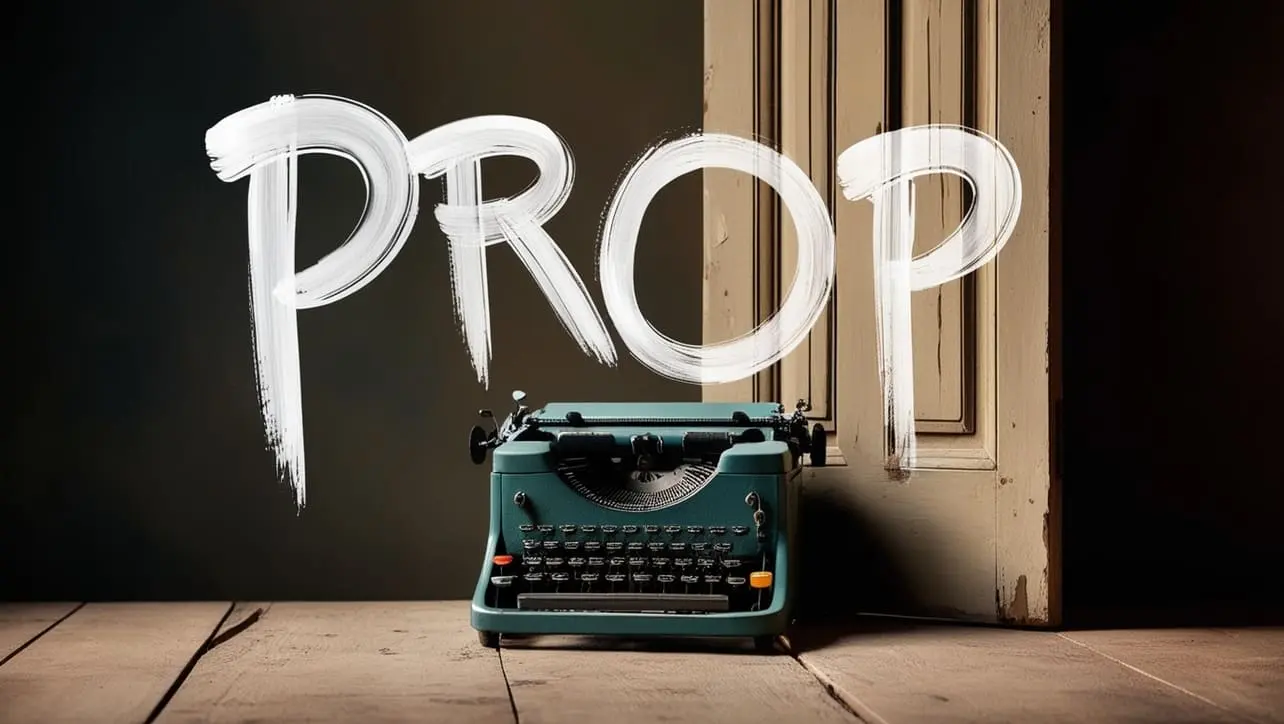
jQuery Topics
- jQuery Introduction
- jQuery Callbacks
- jQuery deferred
- jQuery selectors
- jQuery Ajax Events
- jQuery Ajax Methods
- jQuery Keyboard Events
- jQuery Keyboard Methods
- jQuery Form Events
- jQuery Form Methods
- jQuery Mouse Events
- jQuery Mouse Methods
- jQuery Event Properties
- jQuery Event Methods
- jQuery HTML
- jQuery CSS
- jQuery Fading
- jQuery Traversing
- jQuery Utilities
- jQuery Properties
jQuery .prop() Method

Photo Credit to CodeToFun
🙋 Introduction
jQuery is renowned for its simplicity and power in web development, offering developers a plethora of tools to manipulate HTML elements effortlessly. One such tool is the .prop() method, which allows you to get or set properties of HTML elements. Understanding and mastering this method can significantly enhance your ability to create dynamic and interactive web pages.
In this comprehensive guide, we'll explore the usage of the jQuery .prop() method with clear examples to illustrate its versatility.
🧠 Understanding .prop() Method
The .prop() method in jQuery is primarily used to get or set properties of HTML elements. It provides a convenient way to access and modify various attributes and properties of elements, such as checked, disabled, or selected states.
💡 Syntax
The syntax for the .prop() method is straightforward:
$(selector).prop(propertyName, value)📝 Example
Getting and Setting the Checked State of Checkboxes:
The
.prop()method is commonly used to manipulate the checked state of checkboxes. Here's how you can use it to check or uncheck checkboxes:index.htmlCopied<input type="checkbox" id="checkbox1"> <input type="checkbox" id="checkbox2" checked>example.jsCopied// Get the checked state of checkbox1 var isChecked = $("#checkbox1").prop("checked"); console.log(isChecked); // Output: false // Set the checked state of checkbox1 to true $("#checkbox1").prop("checked", true); // Set the checked state of checkbox2 to false $("#checkbox2").prop("checked", false);Disabling and Enabling Form Elements:
You can also use
.prop()to disable or enable form elements dynamically:index.htmlCopied<input type="text" id="textInput"> <button id="disableButton">Disable Text Input</button> <button id="enableButton">Enable Text Input</button>example.jsCopied// Disable the text input $("#disableButton").click(function() { $("#textInput").prop("disabled", true); }); // Enable the text input $("#enableButton").click(function() { $("#textInput").prop("disabled", false); });Manipulating Other Properties:
The
.prop()method is not limited to just checked and disabled states. You can use it to manipulate various other properties such as selected for options in select elements, readonly for text inputs, and value for input fields.Understanding the Difference Between .prop() and .attr():
It's important to note the difference between
.prop()and .attr(). While.prop()deals with properties and states of elements, .attr() deals with attributes in the HTML markup. Understanding when to use each method is crucial for efficient DOM manipulation.
🎉 Conclusion
The jQuery .prop() method is a versatile tool for manipulating properties and states of HTML elements dynamically. Whether you need to manage the checked state of checkboxes, disable form elements, or manipulate other properties, .prop() provides a convenient and efficient solution.
By mastering its usage, you can create more interactive and responsive web pages with ease.
👨💻 Join our Community:
Author

For over eight years, I worked as a full-stack web developer. Now, I have chosen my profession as a full-time blogger at codetofun.com.
Buy me a coffee to make codetofun.com free for everyone.
Buy me a Coffee












If you have any doubts regarding this article (jQuery .prop() Method), please comment here. I will help you immediately.